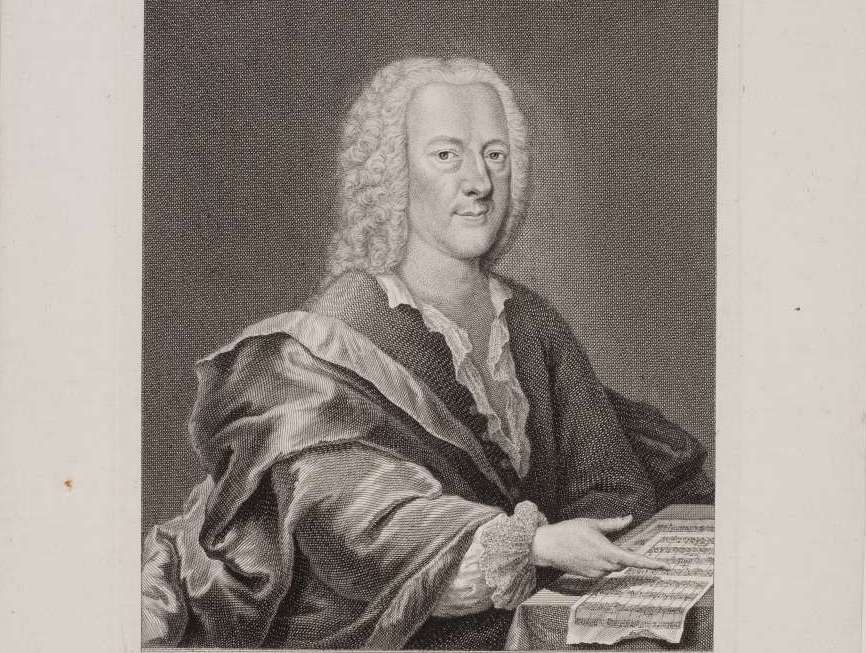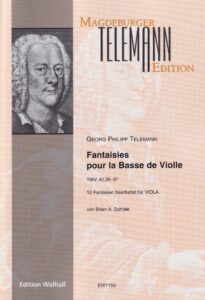Viola da gamba fantasies for viola da gamba
The skillful arrangement by Brian A. Schiele makes these sophisticated pieces accessible to more players.

Many violinists know and love Telemann's 12 fantasies The continuation, TWV 40:26-37, is only known to viola da gamba players, a minority today. The viola da gamba was already going out of fashion in Telemann's time, which is why in 1735 he added a great deal of sophistication to his 12 viol fantasias in order to attract buyers: broken chords and passagework, monophonic and polyphonic writing in both fugal and gallant styles.
Viacheslav Dinerchtein adapted the Fantasias for viola for Amadeus-Verlag back in 2019. This was followed in 2022 by an arrangement by the English composer Brian A. Schiele. Each of these lively works has two or three movements, and all the odd fantasias contain a fugato full of surprises. Some movements are reminiscent of dances such as Allemande, Gavotte, Courante, Bourrée, although they are never named as such. Others are contemplative and polyphonic or joyfully virtuosic. Every well-defined key appears once: Eight are in the circle of fifths in major from E flat to E, four in minor from C to E. Since the viol has six strings in fourth-octave tuning and a larger range in the lower register, octaves have to be accepted on the viola and chords either broken or thinned out. Schiele has done this skillfully, but recommends in the preface that the facsimile (the printed edition in Edition Güntersberg/Walhall G281 or online) be consulted.
Georg Philipp Telemann: Fantaisies pour la Basse de Violle TWV 40:26-37, 12 Fantasies arranged for viola by Brian A. Schiele, EW 1150, €18.50, Edition Walhall Magdeburg







